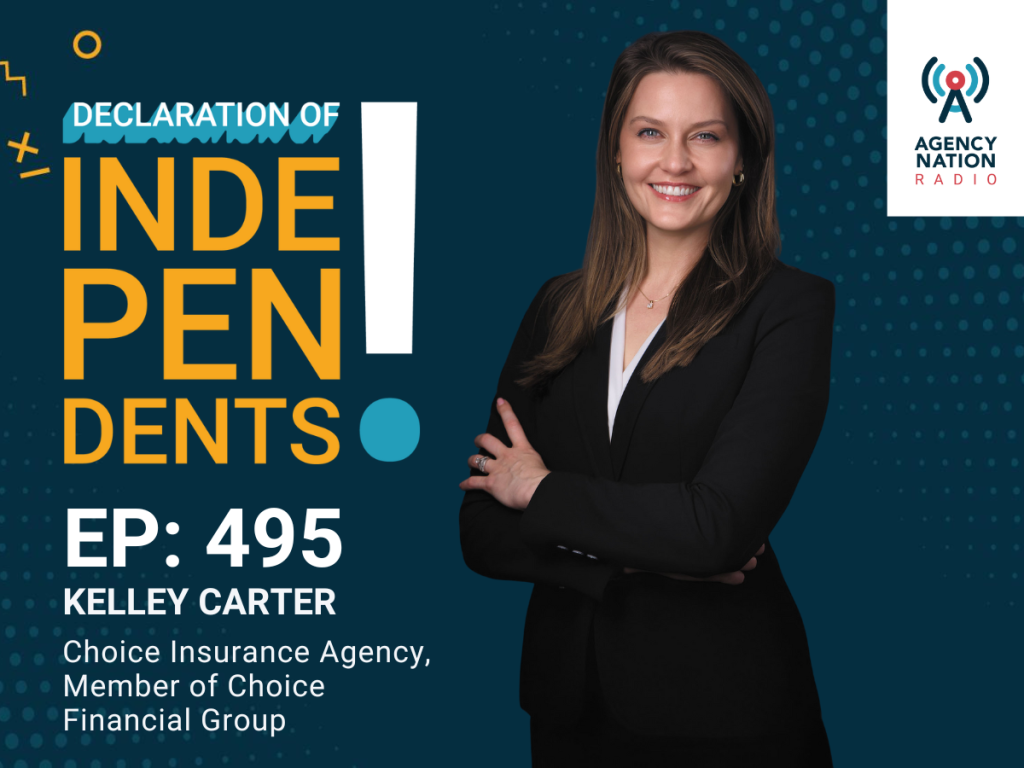From Awareness to Action: How Insurance Agents Can Help Homeowners Close the Resilience Gap

As insurance professionals, we know a home is more than just a structure. It’s a sanctuary, a financial investment, and often a family’s most valuable asset. And in an era of increasingly severe weather—27 separate billion-dollar weather events were recorded in the U.S. in 2024 alone, according to the National Oceanic and Atmospheric Administration (NOAA)—the stakes for protecting homes have never been higher. But there’s a homeowners resilience gap.
The good news? We’ve grown smarter as an industry. We now have a clearer understanding of the actions homeowners can take to make their homes safer and more resilient.
But the challenge remains: Awareness doesn’t always translate into action. That’s the key finding from the “2025 Hanover Home Report: Loss Prevention,” conducted in partnership with The Harris Poll. The survey of homeowners revealed a persistent gap between what they’re aware of and what they do to mitigate risk.
This gap presents a unique opportunity for independent agents to serve as trusted advisors, both to help customers avoid the disruption of a loss and to differentiate their value. Here are three gaps and why they matter:
1) Water damage. Nearly 40% of non-weather-related home insurance claims stem from water damage, impacting 1 in 60 homeowners a year, according to the survey. While 79% of homeowners are aware of water sensors and 76% know about automatic shutoff devices, only 16% and 13%, respectively, have installed them.
2) Structural safety. Wind and hail damage continue to drive claims. A study by the University of Alabama of Alabama coastal homes after Hurricane Sally in 2020 found that homes built to FORTIFIED standards were 70% less likely to file an insurance claim compared to traditionally built homes.
However, The Hanover’s study found that while 61% of homeowners know they can fortify their roofs and 59% know they can install wind-rated garage doors, only 17% and 10%, respectively, have made those upgrades.
3) Fire prevention. Fires are among the most devastating and costly claims, averaging over $75,000 each. While awareness of smoke detectors is nearly universal (99%), only 67% of homeowners have confirmed installation, and even fewer are performing routine maintenance like dryer vent cleaning or HVAC servicing.
The report identified three primary barriers that are holding homeowners back from implementing changes:
- Cost: 39% of homeowners cited expense as a reason for inaction.
- Lack of awareness: 26% didn’t know specific maintenance tasks were necessary, and 23% lacked awareness regarding loss prevention devices.
- Inexperience: Many homeowners expressed not knowing where to start or how to prioritize loss prevention efforts.
The Agent’s Role: From Coverage to Counsel
This is where independent agents shine. The good news for many homeowners is that independent agents are providing valuable counsel to make a real difference, advising their customers to take action to increase safety and connecting them to resources, including contractors. The report found that homeowners are looking to agents in three key areas:
1) Discounts and incentives. Sixty-three percent of clients said they’d be more likely to act if insurance discounts were offered for completing maintenance tasks.
2) Vendor recommendations. Forty-nine percent want help finding trusted service providers.
3) Guidance and prioritization. Forty-three percent want help to understand which actions to take first.
By proactively discussing home maintenance during policy reviews and renewal conversations, agents can help clients reduce risk, avoid claims, save on deductibles and potentially lower premiums—all while strengthening agent-client relationships.
Actionable Steps for Agents
Based on this information, independent agents have a unique opportunity to:
1) Educate. Start with sharing simple, effective tips. For example, water sensors cost as little as $50 and are easy to install, but can prevent thousands in damage and months of remediation. Asking, “Have you considered installing a water sensor?” is an easy conversation starter and a simple first step customers can take toward protecting their home.
2) Incentivize. Partner with carriers that offer risk mitigation solutions. Leading carriers understand this is a collective effort and provide insights into new technology that can help with risk mitigation.
3) Connect. Build a network of local vendors, such as roofers, and share those resources with clients. These referrals may even drive some new business for an agency if vendors return the favor.
4) Follow up. Make home protection a recurring topic, not a one-time conversation. Regular check-ins reinforce your value and keep clients engaged.
With severe weather becoming more common and unpredictable and home repair costs continuing to rise, the need for proactive home protection has never been greater. Independent agents are uniquely positioned to lead the charge. Agents continue to guide clients toward smarter decisions, safer homes and greater peace of mind.
Dan Halsey is president of personal lines at The Hanover.









